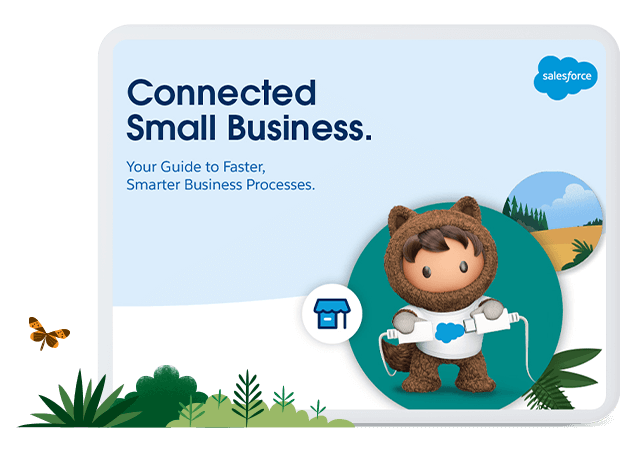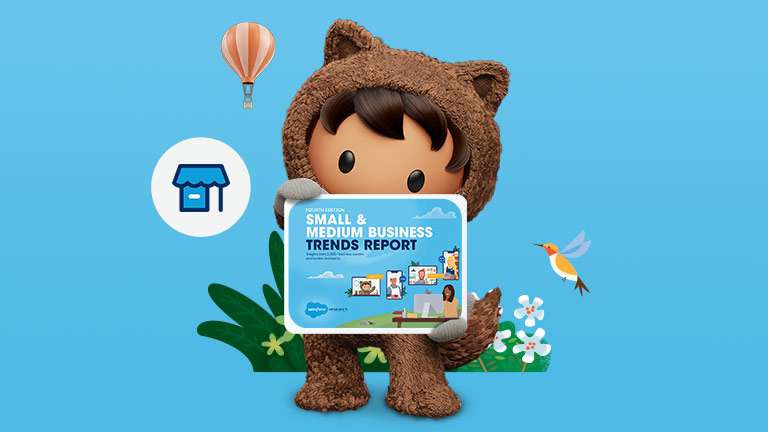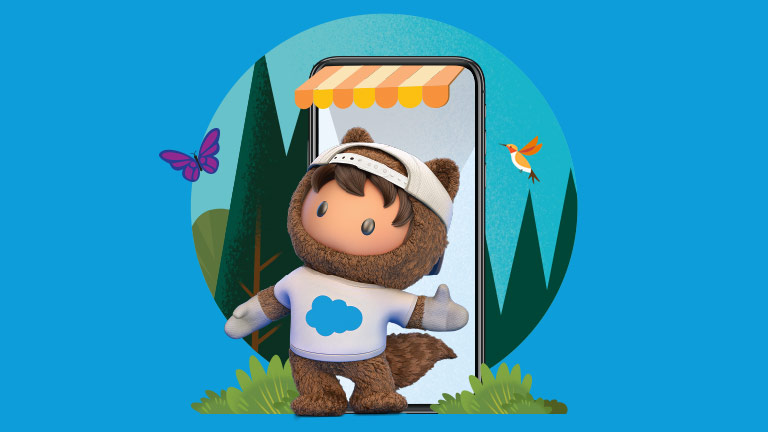Sales techniques have come a long way since the days of door-to-door salesmen and vast rooms of cold callers. “Always be closing” is no longer the mantra for today’s salesperson, who is more focused on building trust, establishing better relationships and creating win/win deals with their prospects.
And while there are certainly still some sales techniques that prioritise aggressive selling or ‘winning’, most involve listening, collaborating and leveraging data to find success. In other words, salespeople who still take their tips from the Glengarry, Glen Ross playbook are operating in a world that vanished long ago. The time to create a new sales strategy is now: here’s how to get started.
Mind the gap: 5 proven sales techniques
Every salesperson will want to create their own method of selling that plays to their individual strengths, but that doesn’t mean there aren’t some popular sales techniques to consider.
Here are 5 sales techniques that are helping today’s salespeople find success.
Gap selling: The ‘gap’ in this selling technique refers to the space between where a prospect wants to be and where they currently are. By looking at this gap, salespeople can offer ways to bridge it. The process for gap selling involves gathering information about the prospect’s current state, and then creating a blueprint for getting them closer to their ideal future state by using your product or service.
Conceptual selling: Conceptual selling is in the same family tree as gap selling, in that it’s based on listening, gathering information and providing a blueprint for change. Here, though, a salesperson will focus on the concept of their product, rather than the product itself. For instance, in conceptual selling, you’re not selling a 40-square-metre flat; you’re selling a cosy nook within walking distance of restaurants and with views of the park. You’re selling the concept of the flat.
The Sandler Selling System: The Sandler System depends on salespeople acting more as consultants than product pushers. This type of consultative selling is increasingly popular now, but the Sandler System dates all the way back to 1967. If you’re using the Sandler System you’re focusing on better qualifying leads. This allows you to target prospects that you can help, rather than trying to aggressively sell to those who don’t actually need or want your product. The Sandler System is unique in that it was one of the first selling systems that prioritised trust and transparency.
The Challenger Sale: The Challenger Sale technique runs contrary to the general consensus of today’s salespeople: that building relationships is paramount. Instead, Challenger relies on the idea that the salesperson is in a unique position to identify problems that the prospect didn’t even realise they had. If you’re using the Challenger method, then you’re relying on challenging the prospect’s preconceived assumptions and encouraging them to consider new opportunities.
Inbound selling: Inbound selling focuses on converting customers who are already on a path towards your product. For instance, if a customer becomes aware of your product or service through social media or a blog, they might initiate the buyer’s journey, at which point you can offer information and converse with prospects in real time. Like the Sandler Selling System, inbound selling prioritises finding customers that are the right fit for your product or service.
Build your prospect-proof playbook: 5 Tips for winning sales techniques
There are some crucial things to keep in mind when crafting your sales techniques: flexibility, personalisation and differentiator. If you’re able to create a sales strategy that accounts for all three, you should be well on your path towards sales success.
Here are five tips for better sales techniques:
Predict your prospect’s objections. Zig Ziglar once said, “Every sale has five basic obstacles: no need, no money, no hurry, no desire, no trust”. So put yourself in your customer’s shoes. What would be stopping you from saying yes to a sale? Is it because you need buy-in from other decision-makers? Is it a budget issue? Once you have a clear understanding of what the potential roadblocks might be, you can come up with a plan for smashing through them and closing a deal.
Lead with understanding but have hard data on hand. It’s tough to hear, but people still don’t trust salespeople. And while you may never be able to truly escape the fear of bias, you can focus on being transparent, trustworthy and customer-centric from the get-go. Listen to your prospect’s pain points carefully, and be honest about how you can help. Hard data, customer testimonials and case studies can go a long way towards backing up your words.
Tell a story. As with conceptual selling, it can be easier to get a potential customer to see the bigger picture if you focus on telling an emotional story rather than relaying technical details. The nitty gritty of your product or service is important, but it’s meaningless if a prospect isn’t connecting with the power of the benefits. Research shows that stories make humans more empathetic, happy and open – so show your prospect how your product can transform their story and give it a happy ending.
Level up your tools. Somewhere out there, perhaps there’s still a salesman in an old station wagon, travelling the backroads with boxes of whirligigs and selling door to door. But the majority of today’s salespeople are finding success through new digital tools. In fact, 79% of salespeople say that they’ve had to adapt to new ways of selling since the start of the pandemic. New data analytics tools can help you qualify leads and build better customer relationships, while Sales Cloud 360 can provide the foundation for world-class remote selling.
Focus on your USP. What is it that makes your product or your business unique? Why should a prospect choose you over your competitors? A good USP (Unique Selling Proposition) should separate you from your competitors, as well as give your business a distinctive voice. Your USP is your brand’s DNA, or what makes you you, so make sure that your sales pitches never stray too far from your USP.
Are you ready to throw out your first pitch?
Whether you choose to be a Challenger, go ‘high concept’, or simply focus on being a trusted adviser and problem solver, there are plenty of sales techniques at your disposal. Just try to keep the customer at the heart of everything you do and remember that better sales often start with better relationships.
To see how you can sell more – and sell more meaningfully – grab a free copy of the SME Growth Kit, where you’ll find a worksheet for crafting the perfect sales pitch.







